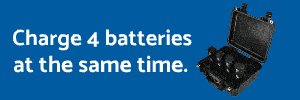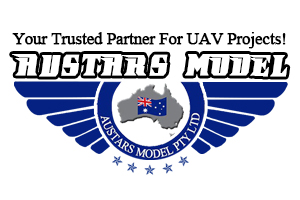Hey all...it's been a minute since I've been around. 
I'm continuing (finally, now that it's stopped raining!) to do orthos and panos for a 35-ish acre job site. I've heard for many years that overlaying an ortho into the cad representation of a site is the bees knees; many many benefits.
I totally believe that. But. I've never seen it, and apparently my client hasn't either. (Seems odd to me, but there it is.)
I can find a plethora of videos showing me how to import an ortho, but I'm failing to find any that then go to the next step and and show the benefits of importing it.
Could somebody point me to a video? Specifically a video that shows somebody in a cad program where the ortho has been imported, and then they zoom in and check the blueprint against the ortho? Like, if a foundation has been poured, and I've created an ortho of the site, I want to show my client how useful it is to import the ortho and check to be sure the actual foundation matches the blueprint.
As you may have guessed, I know nearly nothing about construction, so I may not be using the correct vocabulary, but hopefully somebody understands what I'm saying.
Thanks!
I'm continuing (finally, now that it's stopped raining!) to do orthos and panos for a 35-ish acre job site. I've heard for many years that overlaying an ortho into the cad representation of a site is the bees knees; many many benefits.
I totally believe that. But. I've never seen it, and apparently my client hasn't either. (Seems odd to me, but there it is.)
I can find a plethora of videos showing me how to import an ortho, but I'm failing to find any that then go to the next step and and show the benefits of importing it.
Could somebody point me to a video? Specifically a video that shows somebody in a cad program where the ortho has been imported, and then they zoom in and check the blueprint against the ortho? Like, if a foundation has been poured, and I've created an ortho of the site, I want to show my client how useful it is to import the ortho and check to be sure the actual foundation matches the blueprint.
As you may have guessed, I know nearly nothing about construction, so I may not be using the correct vocabulary, but hopefully somebody understands what I'm saying.
Thanks!






